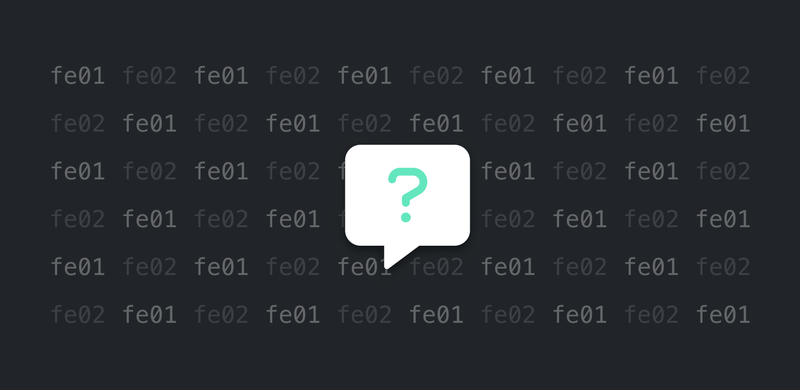Here at Font Awesome, we truly believe icons are part of the world’s visual language and serve as a communication tool that can cross language barriers.
So when the United Nations Office for the Coordination of Humanitarian Affairs (OCHA) reached out last year to propose a collaborative project, we were honored to participate. The work would entail taking their existing humanitarian icons – used to reference disaster areas and in situations where affected people need relief aid – and adapting them for use in Font Awesome.
If you are unfamiliar with OCHA, they are responsible for coordinating global emergency responses to protect people in humanitarian crises. It requires collaboration between multiple agencies, organizations, and governments.
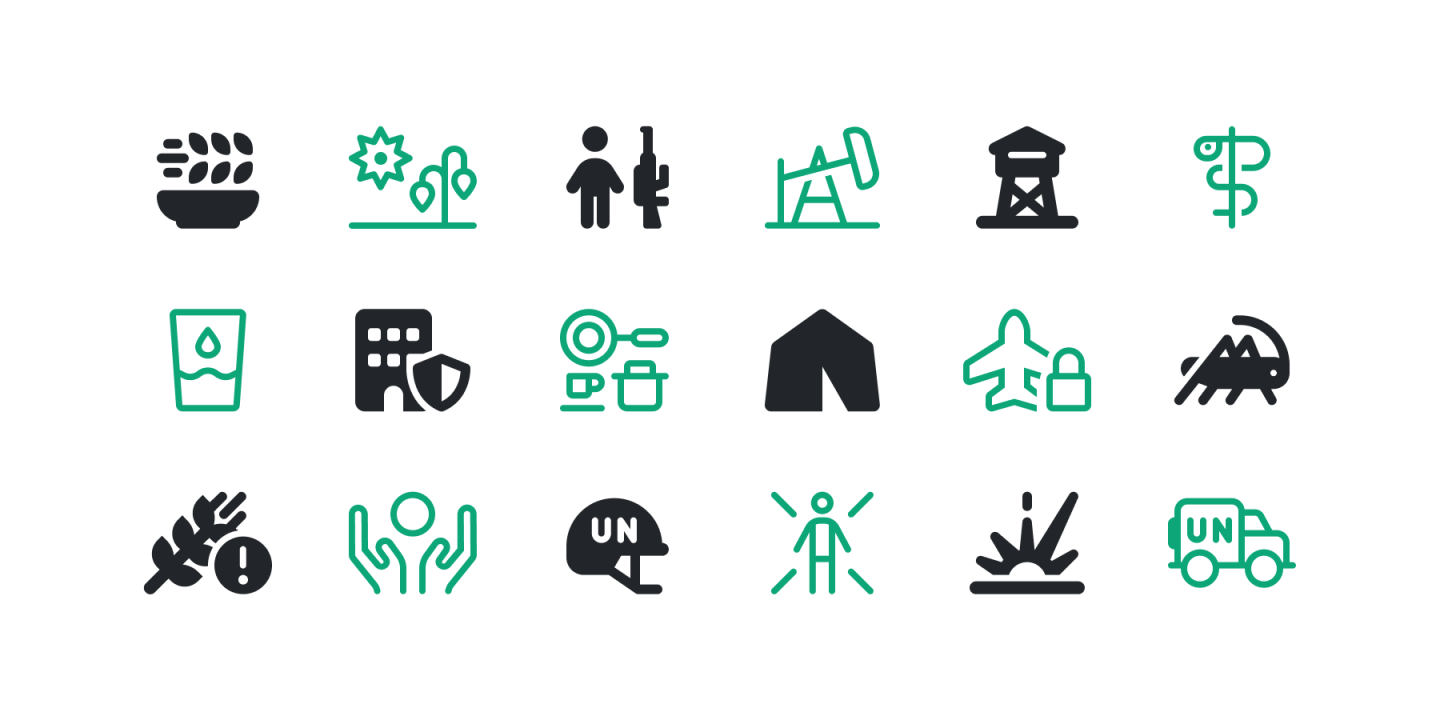
A selection of Humanitarian Icons now available in Font Awesome.
Humanitarian Icons in Font Awesome 6.1
Font Awesome 6.1 is now available to both Free and Pro customers, and includes fully redesigned versions of OCHA’s Humanitarian Icons. The icons incorporate themes of interest to the humanitarian community, from natural disasters — such as tsunamis and earthquakes — to relief supplies, such as water containers and shelter kits, and complex humanitarian themes such as “access to people in need” and “protection of civilians.”
And like the Covid-19 icons we released in version 5.13, the solid style of our Humanitarian Icons are entirely open-source, like the OCHA icons that inspired them.
Building our Humanitarian Icons
When adapting the icons, we first did a thorough review of which icons existed in both Font Awesome and OCHA libraries. There was a lot of overlap, but we were missing a number of specific icons that related directly to humanitarian needs. For these icons, we redesigned and refined them to match our general look and feel, and created alternate versions in each of our styles. Each of the new icons work within Font Awesome’s grid system.
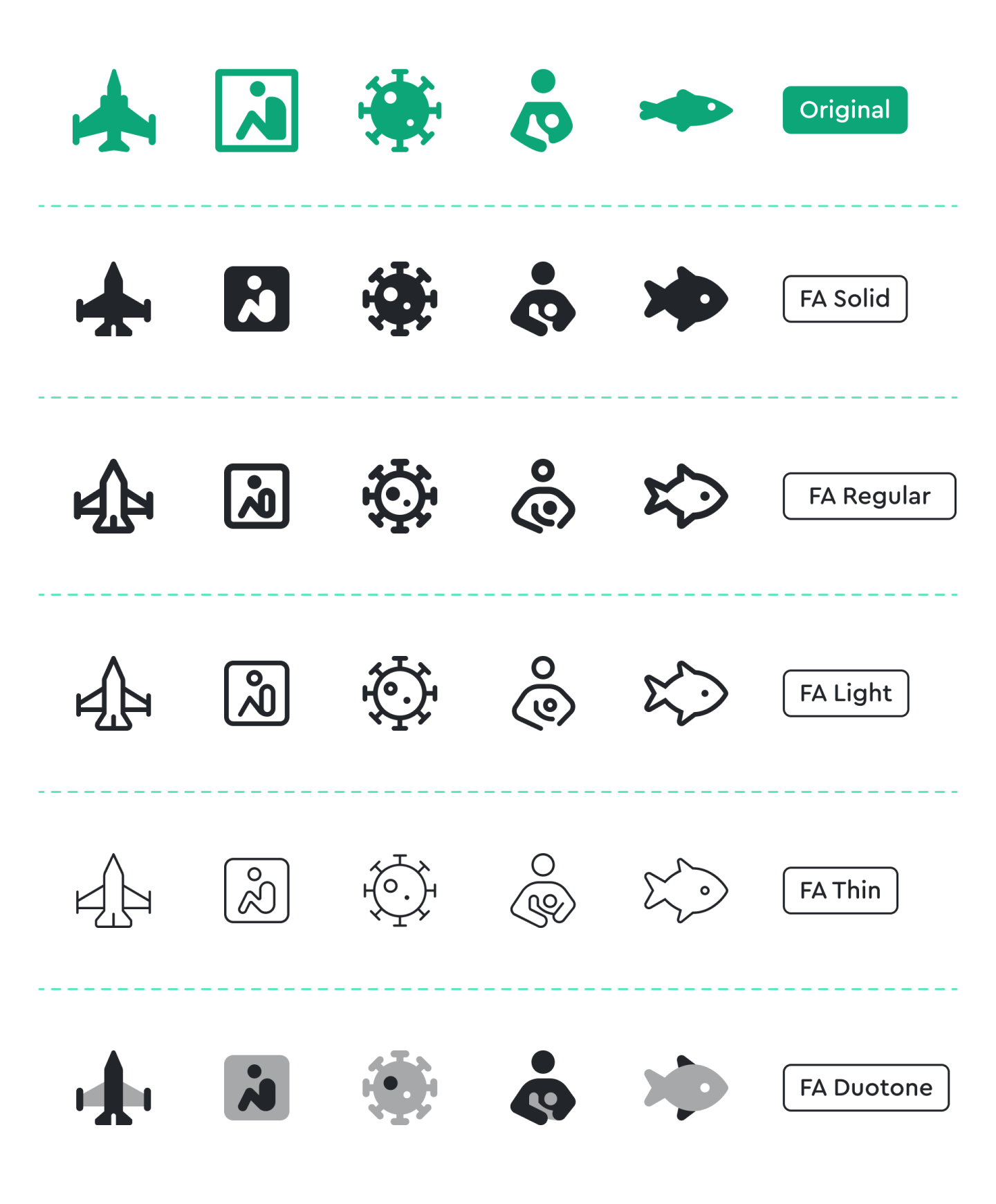
We adapted OCHA’s icons to match Font Awesome’s styles.
While the Font Awesome brand has always championed the whimsical and the zany, we care deeply about the function that well-designed icons serve, and take joy spending time sweating the details. With that said, designing these new icons was not always an easy task due to the subject matter.
It hurts our hearts that there’s a need for a “child combatant” icon. But in light of the current conflicts and crises in the world, it’s important to help where we can. Well-designed icons help share information quickly — which is key when providing relief for those who need it most.
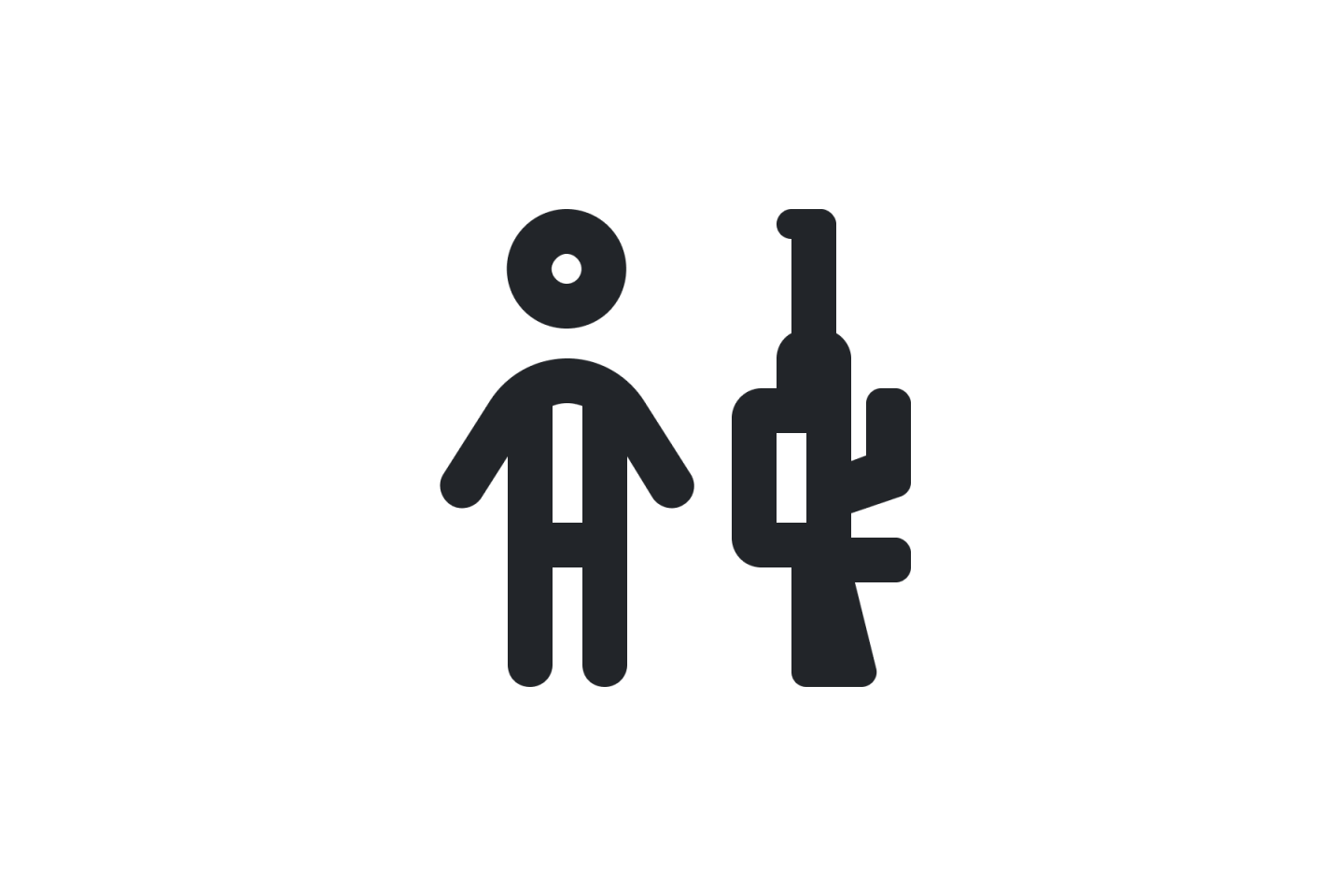
We hope there’s a day when an icon like this is no longer needed.
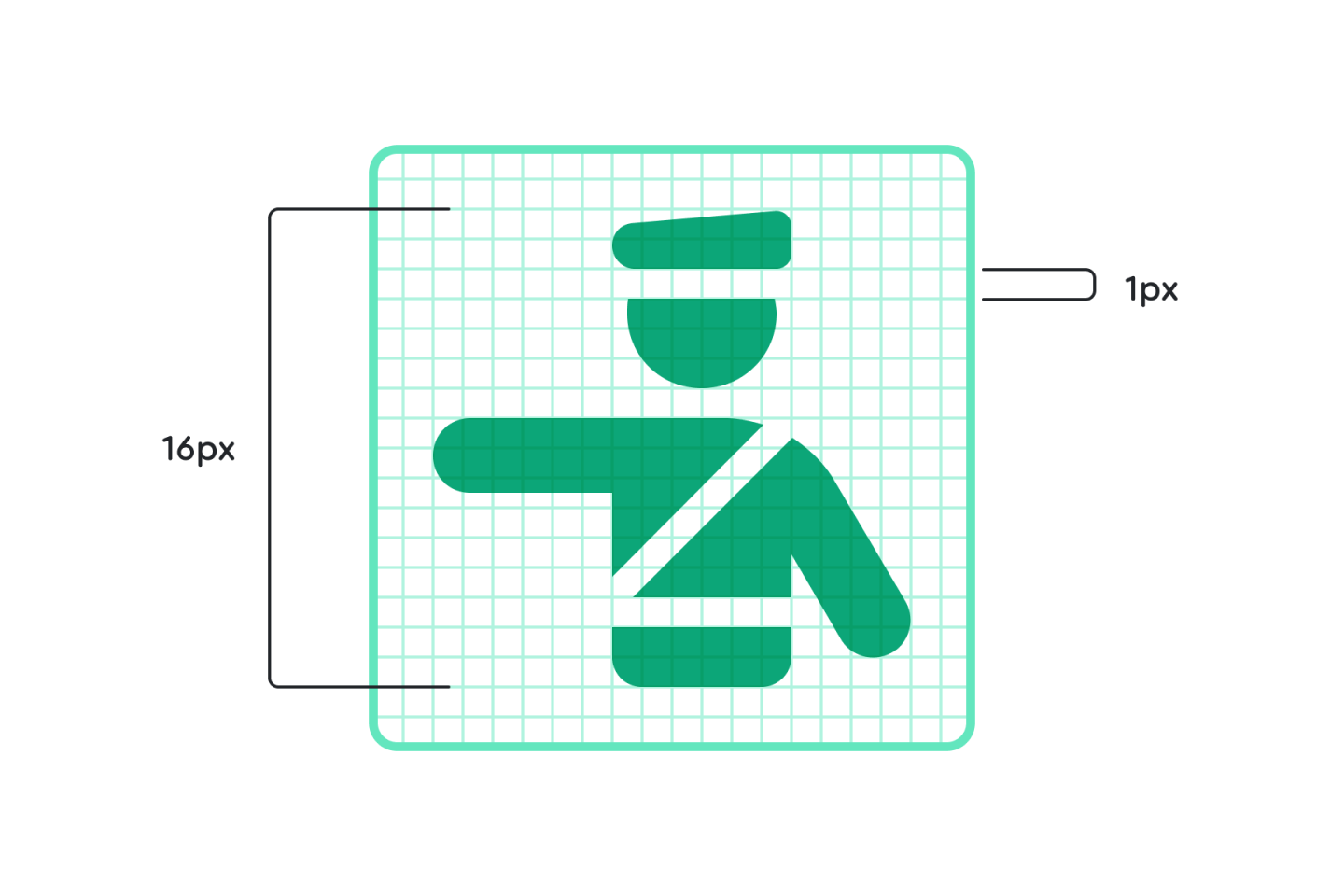
The new icons match Font Awesome’s grid structure.
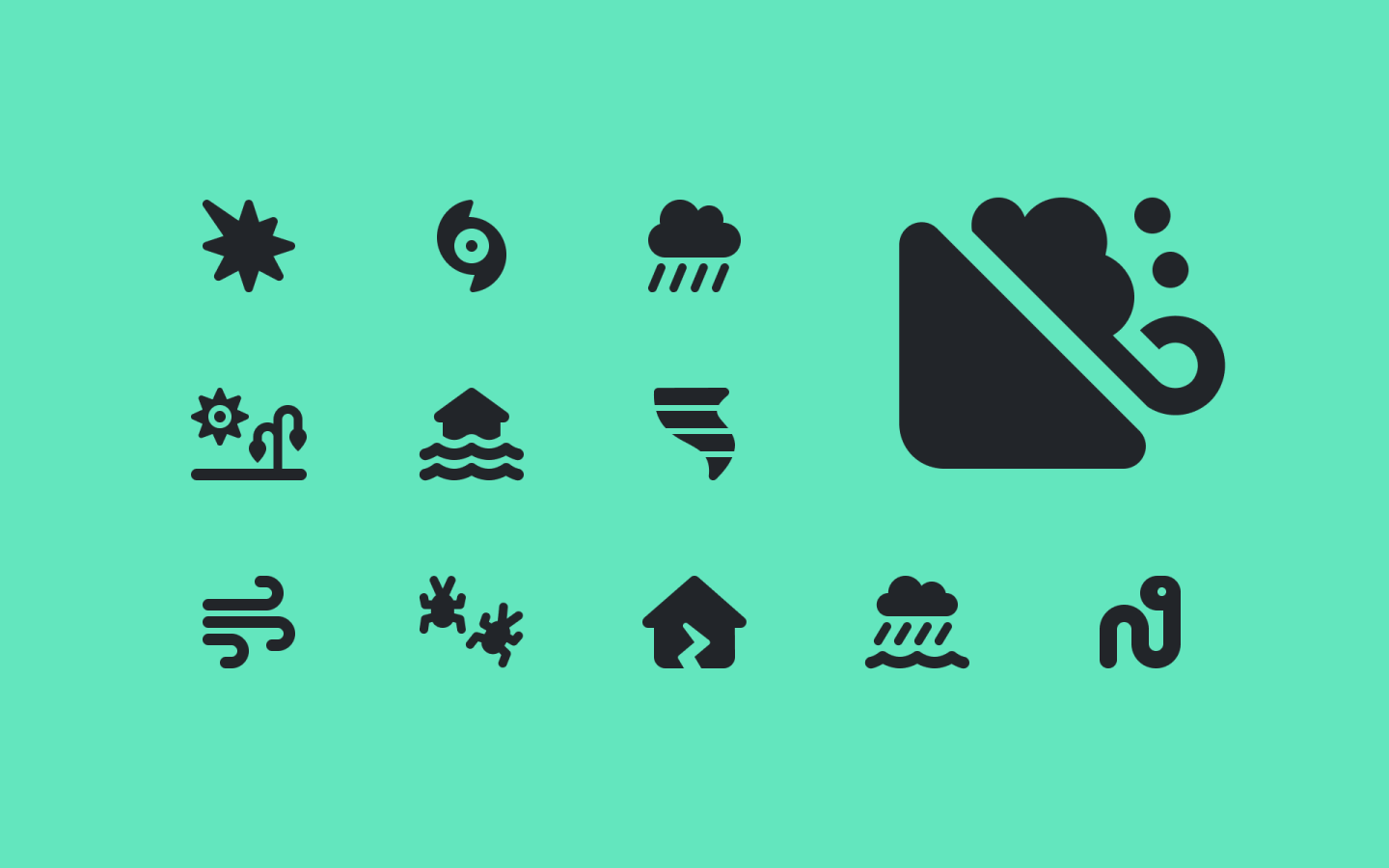
Some icons in Font Awesome Solid representing Disasters, Hazards, and Crises.
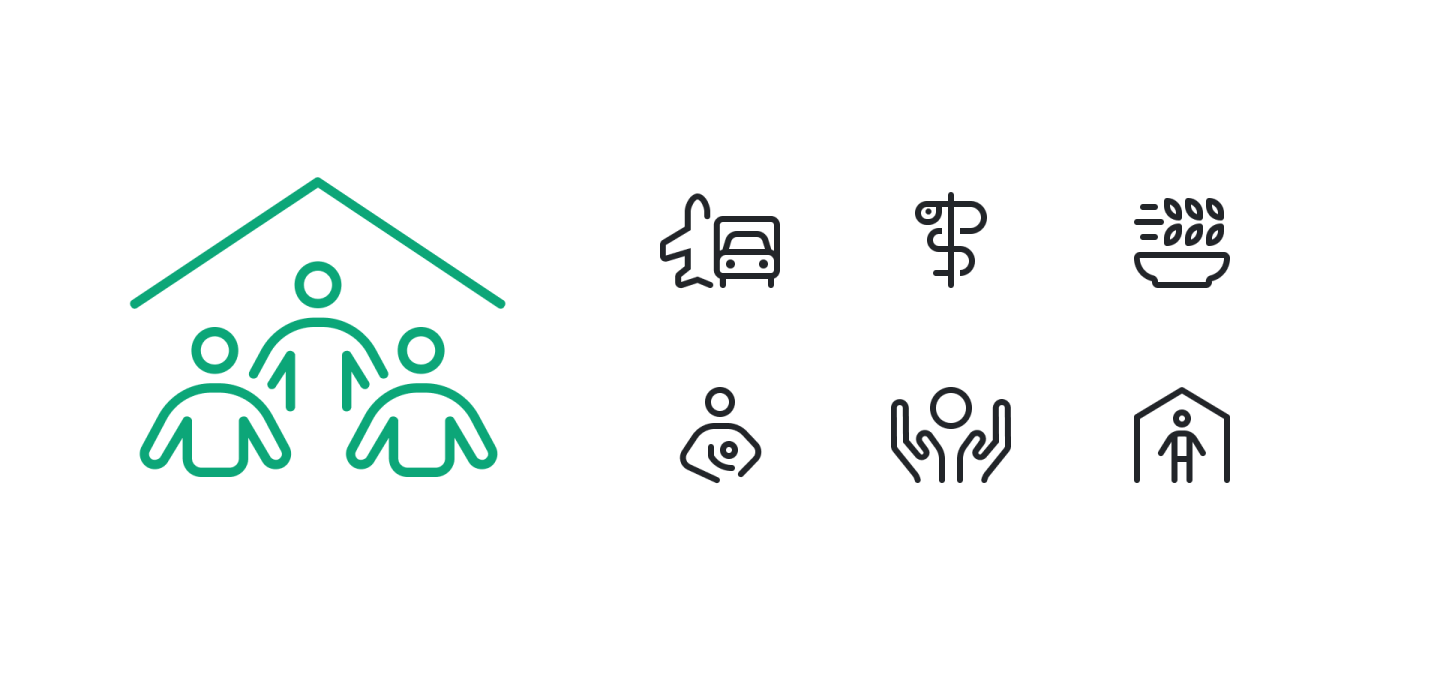
New icons showing different types of Humanitarian Clusters.

Icons depicting various types of physical barriers.
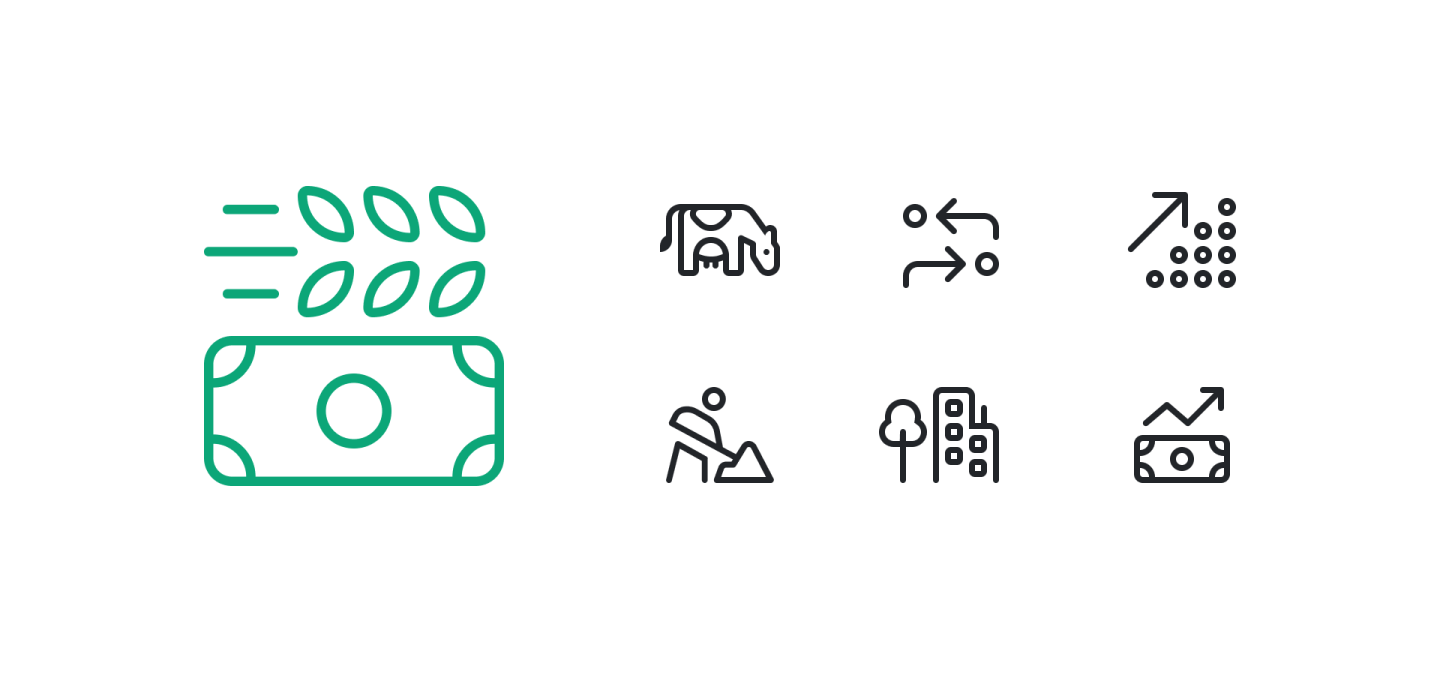
Socioeconomic and development icons in Font Awesome Light.
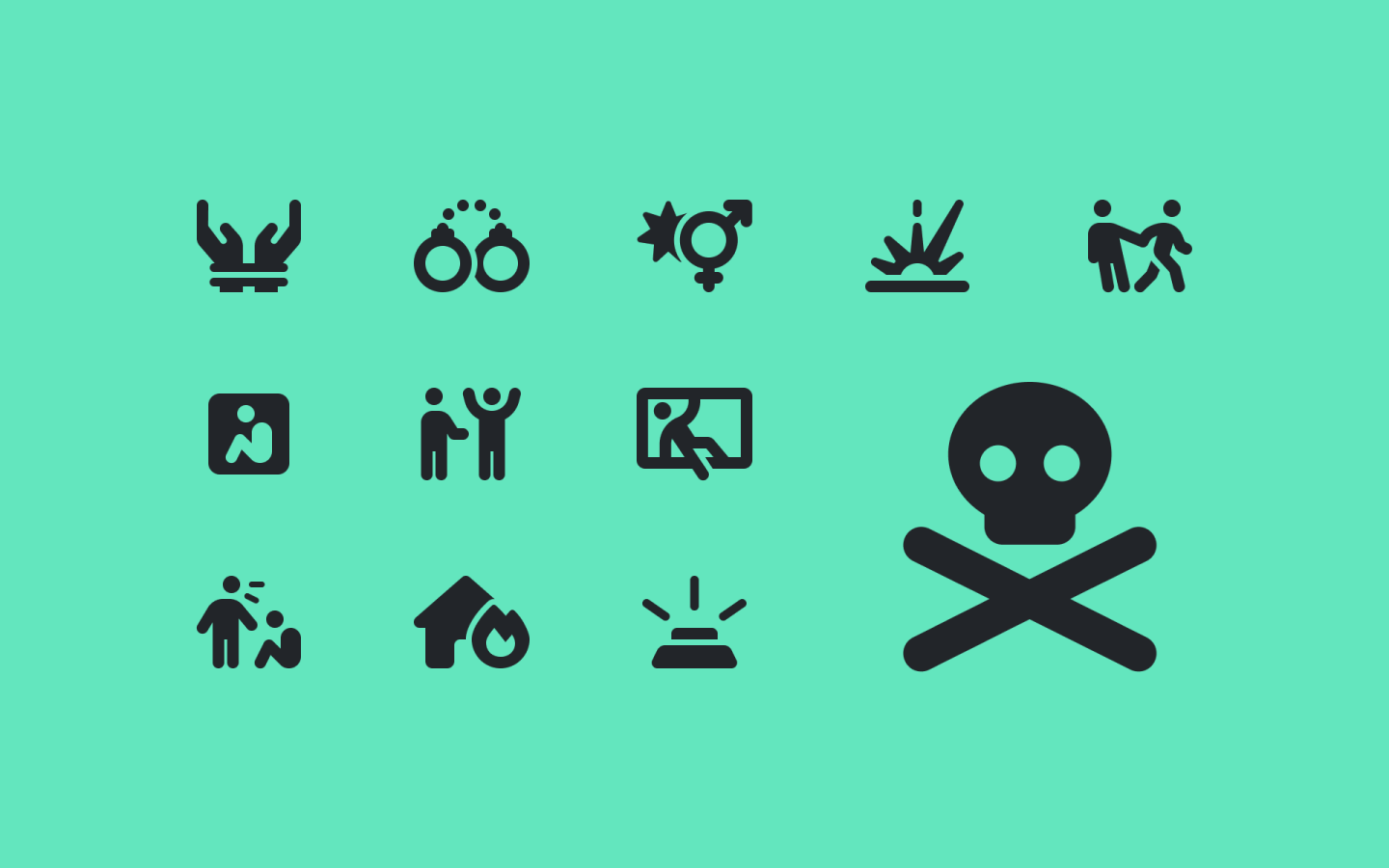
Security and incident icons.
An Interview with OCHA
At the beginning of the OCHA project, we reached out to Javier Cueto, a Designer at OCHA, who was one of the primary designers behind the original Humanitarian Icon set. With his guidance, we adapted OCHA’s icons to match the look and feel of existing Font Awesome icons and created versions in each of our styles.
We recently caught up with Javier and asked him to reflect on the collaborative project.
After our initial introduction, we were delighted to know that the UN has used Font Awesome icons in the past. I’m curious, why did you think Font Awesome would be a good candidate to take on the Humanitarian Icon set?
We used Font Awesome icons as one of the sources of inspiration for redesigning our icons back in 2018. We needed to establish some consistency at the time. There were many different styles and a lot of fragmentation on the first version. We were amazed by Font Awesome’s uniformity and followed the same path to create a more coherent family of icons.
One of the challenges of our icons is to use them in very small sizes, like on maps. Because Font Awesome has a simpler grid and shapes, we thought it could become the standard for mapping and GIS.
For those who may be unfamiliar, what is the primary goal of the humanitarian icons, and in what scenarios might they be used?
The United Nations Office for the Coordination of Humanitarian Affairs, or OCHA for short, is the part of the United Nations responsible for bringing together humanitarian organizations to ensure an effective response. That includes distributing food, shelter, health to emergencies such as conflicts and natural disasters worldwide.
When a disaster strikes, it’s vital that humanitarian organizations gather reliable data on the location and needs of affected people and determine who is best placed to assist them and the most urgent priorities. This often requires presenting complex information in a way that everyone can understand. And this is where icons play an important role.
We use OCHA’s icons in a range of information products developed by and for the humanitarian community, including maps, situation reports, infographics, and websites. Clearer information means better decision-making and a more efficient humanitarian response.
Do you have current examples of information related to the icon set that shows how these icons are currently used?
The humanitarian icons are public domain and can be downloaded and edited by anyone.
When the pandemic hit, we expanded the collection with some COVID-19 related icons. The virus icon has been downloaded about 20,000 times so far. And one of the first dashboards created by John Hopkins University to display the number of cases used some of our icons.
The icons are also used in reports and infographics to support the response and funding in humanitarian crises such as the Syria conflict, Haiti’s recent earthquake, floods in Somalia, and much more.
Explore our Humanitarian Icons
Learn More and Donate
Get ahead of the news and subscribe to the OCHA mailing list to receive the latest updates and information on the world’s most severe humanitarian crises. You can also directly make donations to relief organizations delivering life-saving aid at the front lines of the world’s most severe crises where food, clean water, medicine, shelter, and much more are needed most.

